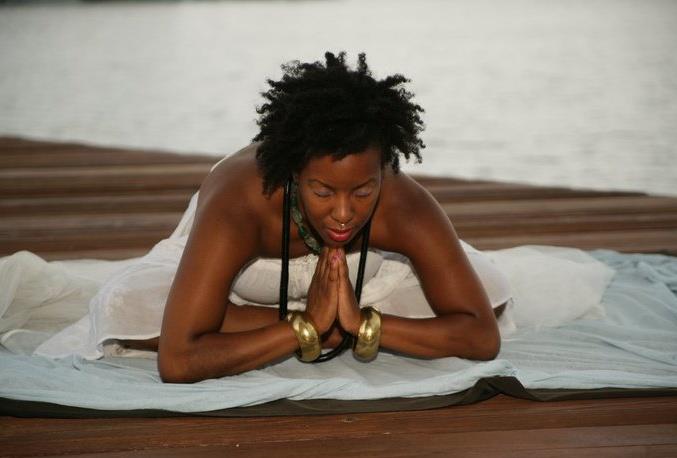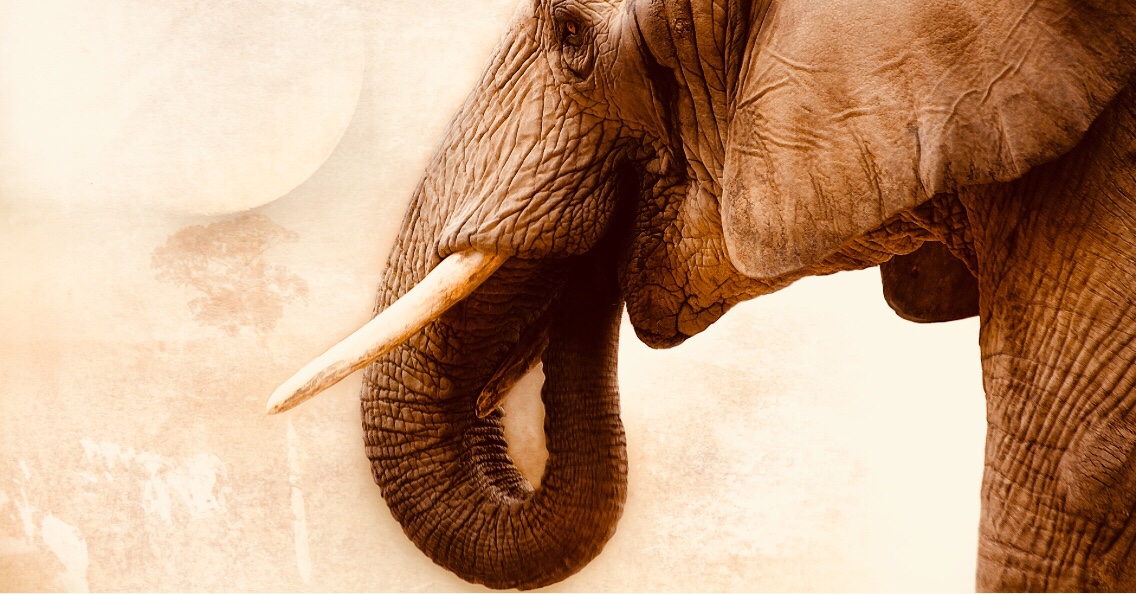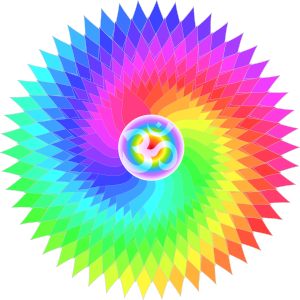What Are The Benefits Of Kundalini Yoga?
The yoga of my choice is Kundalini Yoga for so many reasons.
One of those reasons is from a past life connection to it. I remember when i first heard of this form of yoga in this life. I didn’t now what it looked like. But some way i intuitively did. I was looking everywhere for the knowledge of how to do it and i remembered how to do the movements before i ever had an instructor.
I cannot say i knew all the moves or remembered them all. I knew a great deal of them without a book. This is the same for Hatha yoga as well. I find this to be my second choice of yoga. I enjoy this to the point where i can drop a mat down and just do poses. The body can move into postures so i know how to work my body. I would recommend that most people pick up a dvd or something or attend some classes so that you won’t tax your body or injure yourself. Instruction never hurt. I teach classes, most i teach in a one on one setting too.. Sometimes i teach a group class too.
The benefits of practicing kundalini yoga are second to nothing that ive found. the beautiful thing about this exercise is that you’re working on the energy body and you’re getting a physical workout too. Breath work and overall body strength and conditioning. Every time my clients and i finish our class, we feel phenomenal. We all feel rejuvenated and ready to take on whatever comes our way. Kundalini yoga is comparable to Qi Gong in my opinion, as i teach this as well. The benefits are many. See for yourself.
Several definitions of Kundalini yoga have been used in Eastern and modern Western teachings. According to various prominent teachers and authors, Kundalini Yoga has been described as: An active approach to awaken the kundalini contrasting with a passive approach. If we compare this form of yoga to other forms of yoga, Kundalini yoga gives results up to 17 times faster. This yoga and Hatha yoga share the same goal but Kundalini yoga is certainly easier to practice plus it takes less time to achieve the same results as Hatha and if one were to compare the safety of the postures of Hatha yoga to the one danger of doing Kundalini yoga wrong by awakening the energy to fast or not breathing correctly, most would say there is a bit more risk in practicing the hundreds of poses of Hatha.
Kundalini Yoga consists of deep breathing (Pranayama), yoga postures (Asanas), body locks (Bhandas), chanting (Mantras), hand & finger gestures (Mudras) and meditation meant to enhance the nervous system, glands, mental faculties, balance the chakras, and build spiritual strength while it integrates the flow of kundalini energy. What stands out most about this type of yoga for me is the rapid movement that some of the exercises are performed in. Not only are some of the movements fast but the movements are also done in sequence with the rhythm of the breathing pattern. The breathing pattern may be done many ways but the key to successfully moving through this type of yoga is to keep the body in sync with the breath at all times. It’s scientifically proven that we can move our bodies better when we have more oxygen in it.
- The system of exercises and meditations of Kundalini Yoga claims to provide extensive benefits for personal spiritual growth as well as improving mental and physical well-being. Some studies have shown that the physical and physiological benefits cover a wide spectrum of
- ailments
- including
- healing treatments for memory problems
- asthma
- diabetes
- pain
- stress-related diseases
- rehabilitating addictive behavior
- treating mental disorders
According to one school of thought, there being four main forms of yoga,
- Mantra yoga
- Hatha yoga
- Laya yoga
- Raja yoga
Kundalini yoga is really considered a Laya yoga.Yogi Bhajan also refers to Kundalini yoga as a Laya form of yoga and taught many Laya form practices in his compilation of Kundalini yoga.
Mainstream traditions propose that kundalini energy can be awakened and enlightenment attained by practicing a combination of yogic techniques—ideally following the guidance of a certified teacher—including the use of mantra, prana and breathing techniques, sadhana, asana practice, meditation, or purely through devotion and prayer.
According to some Hindu traditions, Kundalini yoga is considered a highly developed spiritual awakening which relies upon a technique called shaktipat to attain enlightenment under the guidance of a spiritual master.
In the classical literature of Kashmir Saivism kundalini is described in three different manifestations.
- The first of these is as the universal energy or para-kundalini.
- The second of these is as the energizing function of the body-mind complex or prana-kundalini.
- The third of these is as consciousness or shakti-kundalini which simultaneously subsumes and intermediates between these two.
Ultimately these three forms are the same but understanding these three different forms will help to understand the different manifestations of kundalini .
The path of Kundalini is said to proceed from the Muladhara Chakra at the lower end of the spinal column up to the Sahasara Chakra at the top of the head. But its awakening is not thought to be a physical occurrence; it consists exclusively of a development in consciousness.
According to some claims, awakening of kundalini brings with it pure joy, pure knowledge and pure love. The word ‘Kundalini’ can be traced to the Sanskrit word ‘kundala’, which means ‘coiled’. Kundalini can therefore be used by believers to refer to the latent energy within the human body which is constantly trying to manifest as our insight, power and bliss.
According to one author, the word kundalini literally means “the curl of the lock of hair of the beloved.” It is a metaphor, a poetic way of describing the flow of energy and consciousness which already is said to exist within each person. The practices are said to enable the person to merge with or “yoke” the universal self. This merging of individual consciousness with the universal consciousness is said to create a “divine union” called “yoga”. Along with the many kriyas, meditations and practices of Kundalini Yoga, a simple breathing technique of alternate nostril breathing (left nostril, right nostril) is taught as a method to cleanse the nadis, or subtle channels and pathways, to help awaken Kundalini energy.
Yogi Bhajan and many other yoga teachers taught many arduous kriyas and meditations to prepare the body, nervous system, and mind to handle the energy of Kundalini rising. The majority of the physical postures in his teachings focus on naval strengthening and flexibility of the spine – perhaps constituting a rousing of the sacral area – which theoretically initiates and releases the flow of Kundalini energy. Scores more breathing (pranayam) techniques can be used in this yoga system to raise kundalini, calm the mind, balance energies and chakras, increase intuition, extend life, among many other benefits.
Furthermore, practice of the yogic system of controlling the bhandas, the three main diaphragmatic locks in the body which support the breath and its movement, is essential for controlling and raising kundalini energy.
In the Upanishads, it is mentioned that the control of the three bhandas, along with the control of held and expired breaths, are the keys to releasing and harnessing Kundalini energy. Several schools teach methods of visualizing and meditating on the chakras to balance and maintain the pathways for Kundalini energy to flow.
Source Reference: Wiki Commons







5 Comments
Pingback:
Pingback:
Pingback:
Sereda Aleta Dailey
Thanks for commenting:-) yes you can still benefit fully from sitting in a relaxed pose, that may be legs straight in front of you, or sitting in a modified pose that looks like lotus pose. I actually put one foot in front of the other when i do the kriyas. When i do pranayama i sit in a chair with my legs spaced apart and my hands on my knees. The energy circulates with no problem. I was taught traditional and modified versions of the poses. I have taught the modified poses to others as well. Hopefully this answered your question. ~Bliss returned with love~
Pingback: